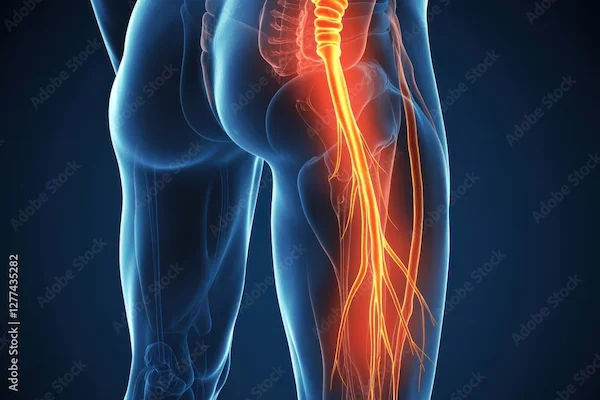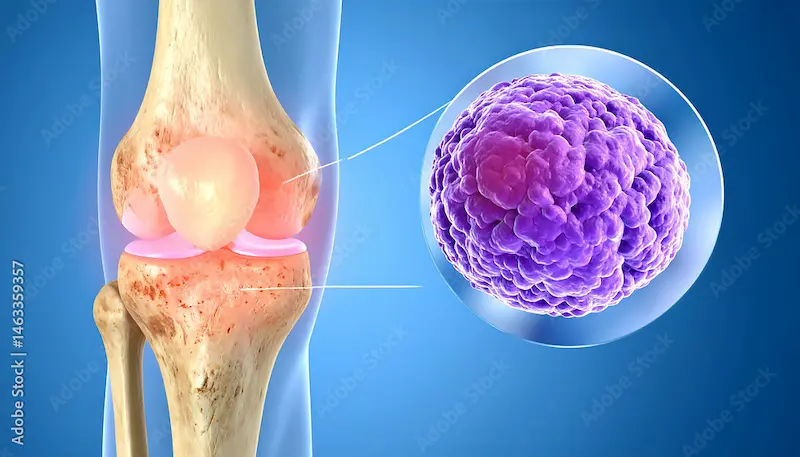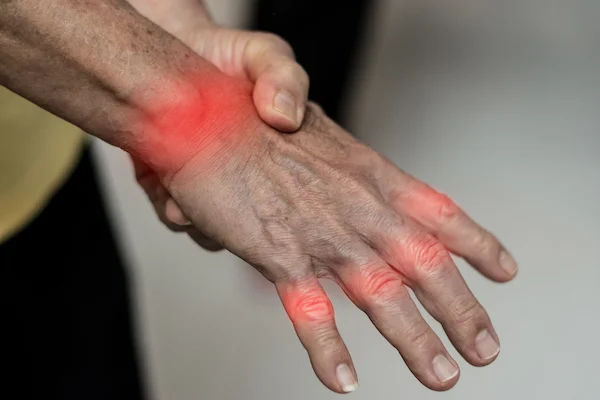- Male
- 31 Years
- 29/01/2025
Is chondromalacia patella something that can ever be fully cured? I've been getting treatment for more than a year now. I've had an MRI, taken tablets, got HA injections, and even done physio, but I'm just not feeling the relief I was hoping for. I used to be super active in sports, and now I can't even jog. Can you please tell me honestly if there's a chance of curing it, or should I start thinking about adjusting my life around this? This is really important for me to know.
Answered by 1 Apollo Doctors
high IgE level of above 3000 can be a cause for concern. It's essential to consult a specialized doctor to determine the underlying cause of the elevated IgE levels.
You should consider consulting an Immunologist or an Allergist who can help diagnose and manage conditions related to high IgE levels, such as Hyper IgE Syndrome (HIES) . They may recommend further tests, such as blood work or skin prick tests, to determine the underlying cause of the elevated IgE levels.
In some cases, high IgE levels can be associated with allergic reactions, skin conditions, or immune system disorders. Your doctor may prescribe medications to manage symptoms or recommend lifestyle changes to help reduce IgE levels.
It's crucial to seek medical attention if your wife experiences any of the following symptoms:
- Severe allergic reactions
- Recurring skin infections
- Respiratory problems
- Fever or chills
Dr. Dr Khaleel Suggests...
Consult a Orthopaedician
Answered 04/07/2025
0
0

Ask Apollo
AI powered Health Chatbot
-
Understanding Chondromalacia Patella
- This condition involves the softening and damage of the cartilage under the kneecap, often causing pain and discomfort. Recovery varies based on severity and treatment adherence.
-
Treatment Approaches and Their Goals
- MRI Monitoring: Tracks cartilage changes.
- Medications & HA Injections: Reduce pain and inflammation.
- Physiotherapy: Strengthens muscles and improves knee function.
-
Possibility of Full Recovery
- Full recovery is possible but depends on factors like the extent of cartilage damage and consistent treatment. Some may experience significant improvement, while others manage symptoms long-term.
-
Lifestyle Adjustments and Long-Term Management
- Modify activities to minimize knee stress.
- Maintain a healthy weight and engage in low-impact exercises.
- Consider further interventions if symptoms persist.
-
Support and Follow-Up
- Regular check-ups with specialists are crucial.
- Report any symptom changes promptly to adjust treatment plans.
Adjusting your lifestyle may be necessary, but with proper management, many lead active lives.
Recommended next steps
Consult a Neurologist
Answered 20/08/2025
0
0

More Orthopaedics Health Queries
View allMy mom just had hip replacement surgery and now she's dealing with vomiting and loose motions especially during meals. Would vomikind syrup or tablet be okay to give her for this?
It's generally not recommended to administer Vomikind syrup or tablets without consulting a doctor, especially after surgery. Vomikind, which contains ondansetron, can be helpful for managing nausea and vomiting, but it's crucial to determine the underlying cause of the vomiting and loose motions and to ensure it's safe for your mother to take given her specific medical history and recent surgery
Answered by 1 Apollo Doctors
I just got my MRI report and it shows a complex tear in the anterior horn of the lateral meniscus, a horizontal tear in the posterior horn of the medial meniscus, and a partial ACL tear. There's also a grade 1 injury of the patellar tendon with medial subluxation of the patella, a medial patellar plica tear, and mild synovial effusion. How serious is this? Can I manage with therapy or do I need surgery?
The MRI results indicate a significant knee injury requiring careful consideration of treatment options. The complex tear of the anterior horn of the lateral meniscus, the horizontal tear of the posterior horn of the medial meniscus, and the partial ACL tear all suggest a moderate to severe injury. While some meniscus tears and minor ACL injuries can be managed with physical therapy, the complexity of your injury, especially with the medial subluxation of the patella and plica tear, suggests that surgery may be a more likely path to full recovery and long-term knee health.
Answered by 1 Apollo Doctors
I've had tailbone pain for 18 years after falling on a speedbreaker - my x-ray back then showed a hairline fracture but I didn't take proper care. Now my recent x-rays show anterior dislocation of the coccyx and the pain has gotten worse over the past 5 years. I can't sit directly and only manage 30 minutes with a special cushion. The doctor pointed out how my bone is bent inward - could this cause problems if I try stretching exercises? Would treatments like TENS or ultrasound therapy help since I want to avoid risky surgery
Given your chronic tailbone pain and the recent finding of an anterior dislocation with a bent coccyx, gentle stretching exercises might be beneficial, but it's crucial to proceed cautiously and under the guidance of a professional, especially if your doctor's concerned about potential complications. TENS and ultrasound therapy can offer pain relief and may be helpful in conjunction with other treatments, but they don't address the underlying dislocation.
Answered by 1 Apollo Doctors
Disclaimer: Answers on Apollo 247 are not intended to replace your doctor advice. Always seek help of a professional doctor in case of an medical emergency or ailment.


.webp)


